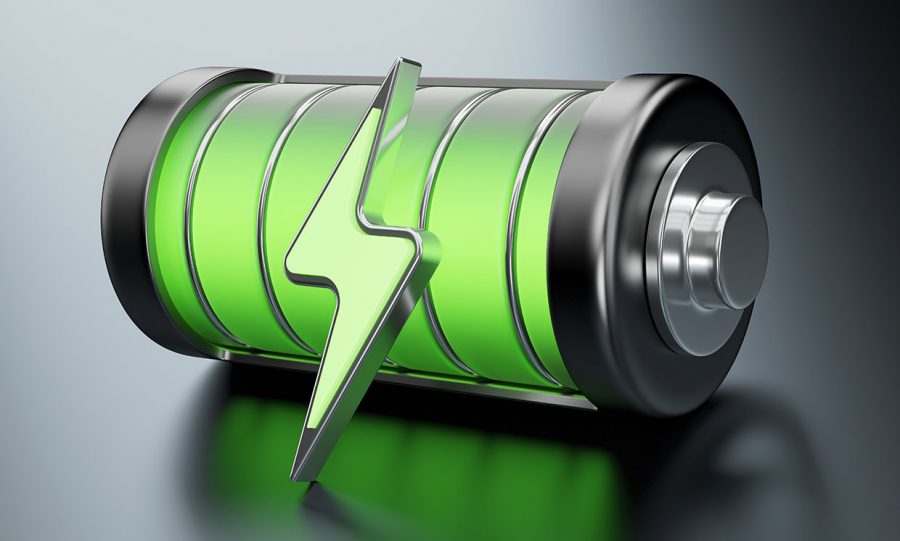Glass Batteries
February 3, 2020
Normal batteries are usually made of lithium, the lightest known metal on earth. Lithium can be alloyed with copper, aluminum, manganese, and cadmium to make a light and strong metal to use on an airplane. Lithium has a single valence electron that can form a cation. A cation is a a positive charged ion (an ion is an atom or molecule that is not negatively or positively charged). A valence electron is basically the “rings” that you see around an atom that is responsible for an atom’s chemical property.
But, enough of this chemistry talk…let’s see how glass batteries fit into the picture. You see, lithium batteries have a tendency to light on fire, because if the outer protective layers are punctured the battery can short and spark a fire. If you slightly overcharge the battery it can cause it to reduce a cell’s discharge capacity, leading to over discharging, which increases impedance and heat generation, and decreases cell lifetime. A glass battery, however, has electrodes that are neither flammable nor volatile because the electrode is made of glass powder because it is much more stable. It can hold three times more charge and will charge in a matter of minutes, as oppose to hours. The main reason this works is because the glass electrode is made of a precise mix of lithium or sodium. It prevent dendrite from forming that can cause shorts or fires. A dendrite is are like a short that skips circuits in a cell, it’s called that because it resembles a tree spreading out. So, next time you are changing the batteries in your remote control, or video game controller…check out glass batteries!
Sources:
A Glass Battery That Keeps Getting Better? – IEEE Spectrum
Foresite, Inc. – What is Electrochemical Migration – Dendrite …
Super-Safe Glass Battery Charges in Minutes, Not Hours – PBS








